Back to what to see
history
Carrara Marble Quarries – History and Legacy
Discover the legendary Carrara marble quarries, whose pure white stone shaped Italy's cathedrals, sculptures, and monuments.
2/25/2025
7 min read
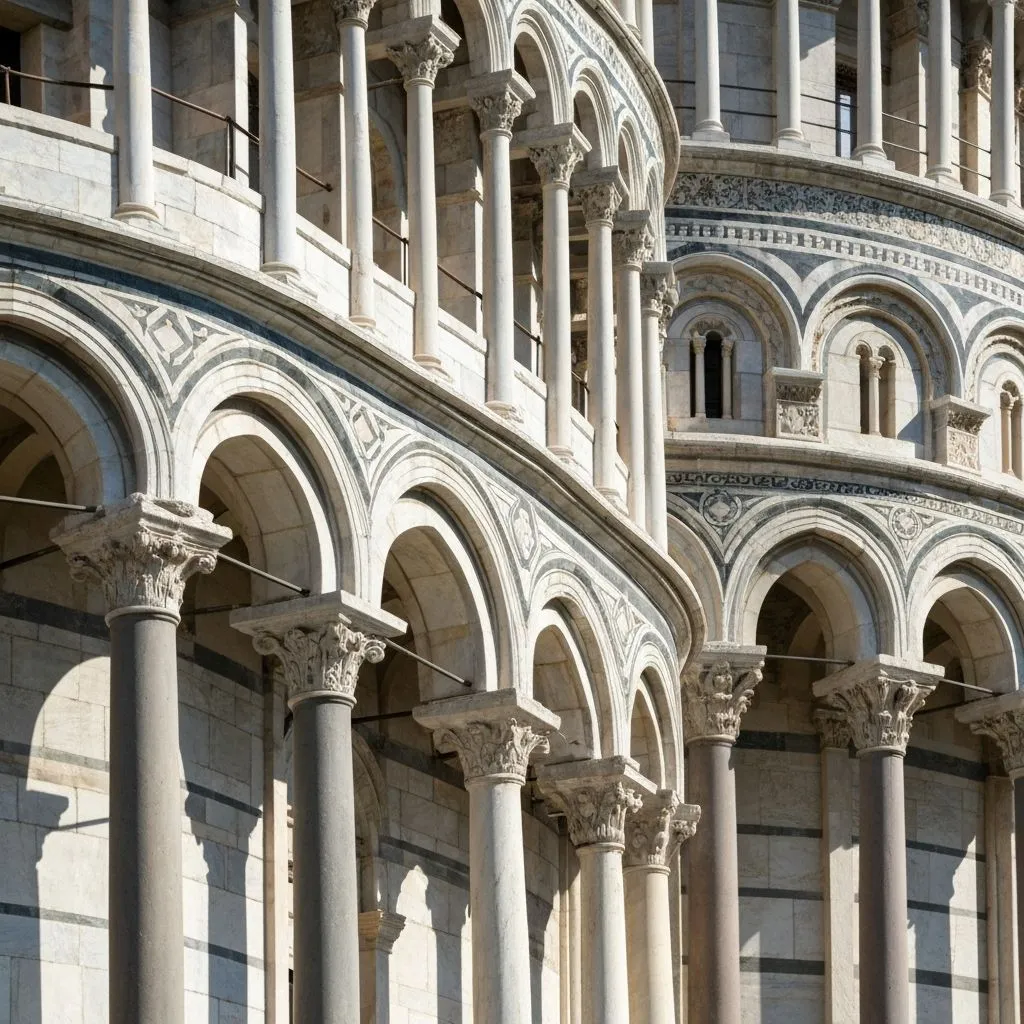
Marble from the Carrara Caves
Carrara, nestled in the Apuan Alps of northern Tuscany, is home to the world’s most famous marble quarries—renowned for their luminous white stone.
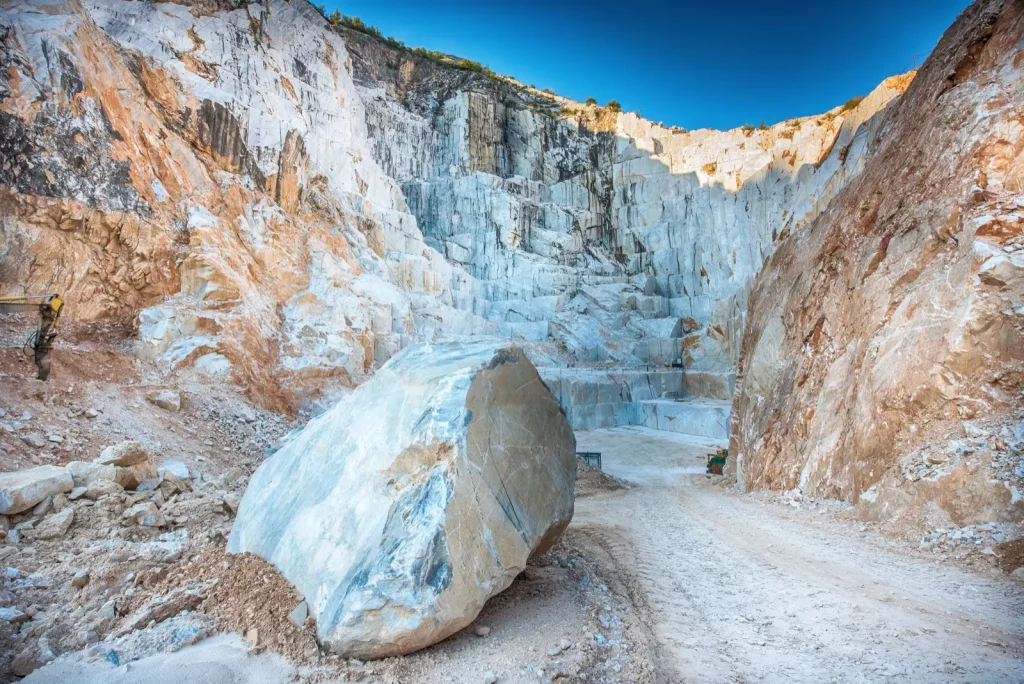
Ancient Origins
- Roman Era: Quarrying began over 2,000 years ago, supplying marble for imperial buildings.
- Etymology: “Carrara” derives from the Latin carrariae, meaning “quarries” or “carriage roads.”
Renaissance Glory
- Michelangelo’s Choice: The artist personally visited Carrara to select marble for his masterpieces, including the statue of David.
- Export Hub: By the 15th and 16th centuries, Carrara marble became synonymous with prestige and perfection.
The Quarries Today
- Active Sites: Over 150 quarries still produce marble, including the prized “statuario” variety.
- Safety and Sustainability: Modern techniques balance extraction with environmental care.
- Tours and Museums: Visitors can take guided tours inside the quarries or explore the Carrara Marble Museum.
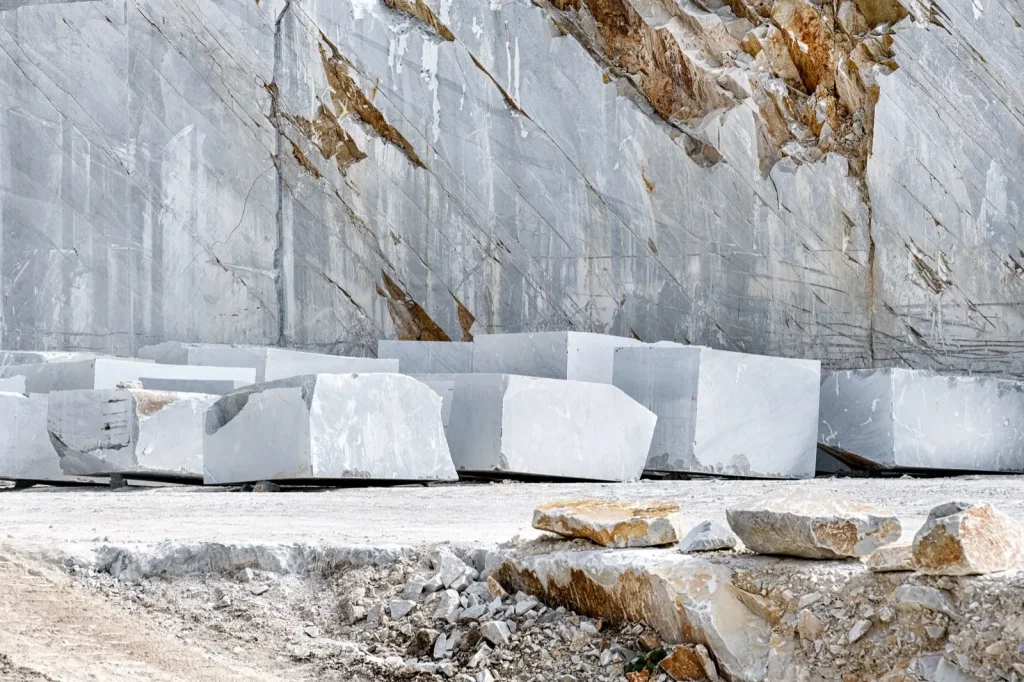
Notable Uses
- Leaning Tower of Pisa: Built with marble from nearby quarries, including Carrara.
- Global Export: Today Carrara marble graces buildings and sculptures worldwide.
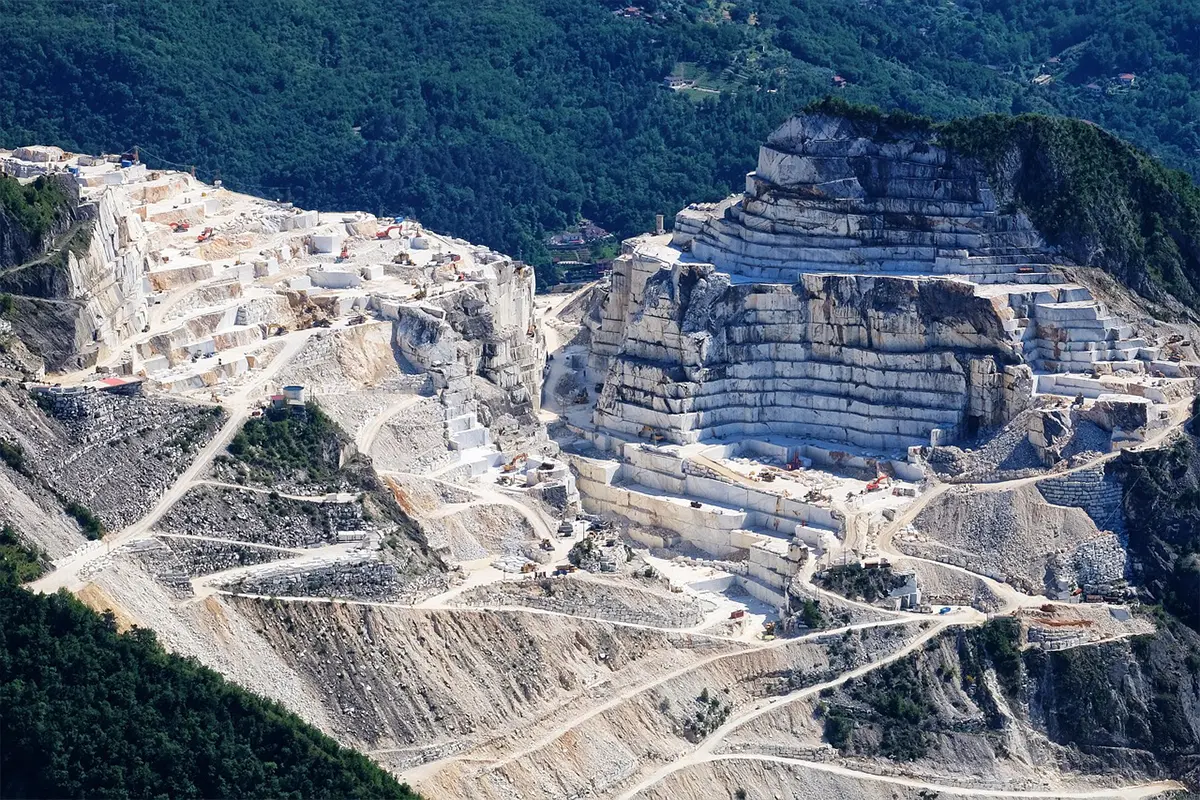
Visiting Tips
- Access: Tours depart from Carrara town center; book in advance for quarry visits.
- Photography: Bright white marble contrasts beautifully with the blue sky of the Apuan Alps.
- Best Season: Spring or autumn for mild weather and fewer crowds.
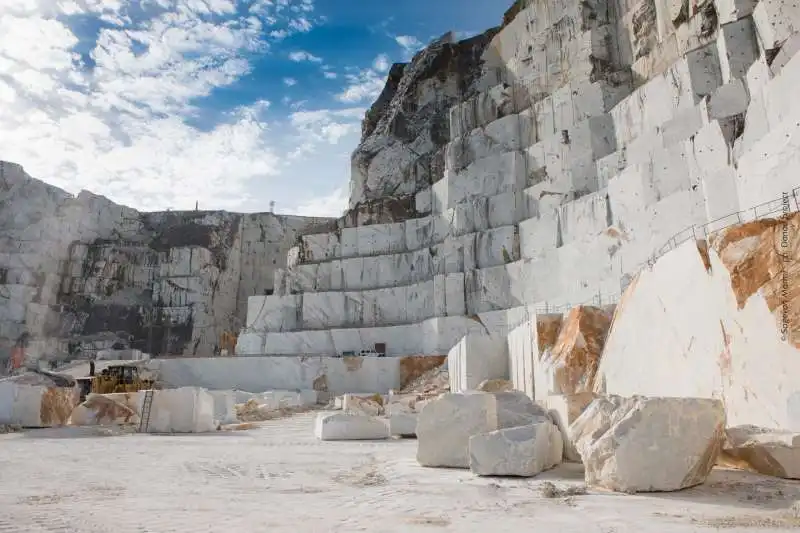
The Carrara marble caves stand as a testament to Italy’s natural resources and artistic legacy, offering visitors a glimpse into the stone that shaped history.
About the Author

Dr. Luca Bianchi, Historian
Passionate about history and travel, I created this site to help fellow travelers make the most of their visit to the Leaning Tower of Pisa. With years of experience exploring landmarks worldwide, I share practical tips and insights to enhance your journey.
Tags
Carrara Marble
Quarries
Tuscan History
Michelangelo
Marble Caves
Comments (0)
Leave a Comment
Loading comments...